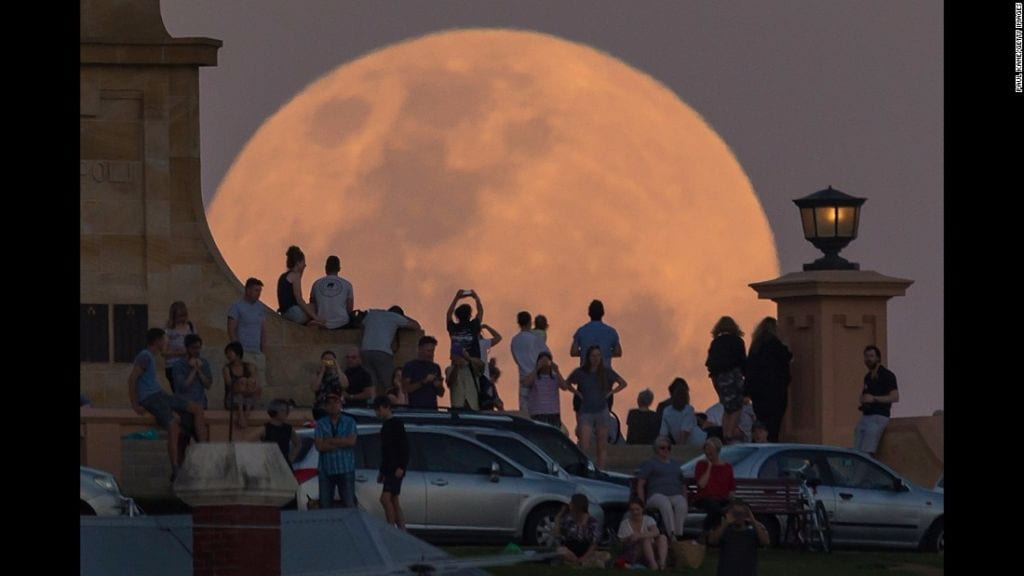BY BECKY FULTON – STAFF WRITER
Thus far, 2016 has been a year with many turbulent events, even including a few instances where the moon seems to be bigger in the night sky.
Monday marked the peak of an unusually big and bright Moon, commonly referred to as a “supermoon,” appearing 30 percent bigger and 14 percent brighter in the night sky. This event, known officially as a perigee full moon, occurs when the moon is closest in its orbit to the Earth, brightest, and appears the largest in the night sky. November’s moon became full while within this two hour window of perigee, making it a “supermoon.” November’s moon also became full during syzygy, which is the point when the sun, Earth, and moon are all aligned, allowing the moon to appear brighter.
These events are not as rare either, and they occur about once a year, even though 2016 as already had five with a sixth one occurring next month. What made November 16th’s Beaver Supermoon special is that the moon was the closest it has been to Earth since January 1948, and will not be this close again until November 2034.
The term “supermoon” is borrowed from astrology, astronomy’s predecessor from its infant days and was made popular in the late 1970s. The beaver name comes from the time of year when the early colonists would had to set traps to catch beavers before the waters froze.
The moon being closer to Earth does not affect much, although the tides will be slightly higher and have more variations between the times. It may even have been difficult to tell the moon was any bigger, especially if there were not any objects in the sky nearby or buildings to compare the moon to. This is referred to as “moon illusion,” where the closer the moon is to the horizon, the bigger it appears in the sky when every day houses and barns offer reference points.
For those who may have missed November 14th’s full moon which peaked at 8:52 AM, when it was only about 221,524 miles from Earth, about five percent closer than its average orbit, another supermoon will appear in the night sky with December’s full moon. Although it will not be as bright or large, it will be spectacular nonetheless.
December’s full moon also coincides with the astronomical event of the Geminid meteor shower, and although the moon will outshine the meteors and during its peak, only about a dozen meteors will be able to be seen. The planet Venus is also seen just after sunset in the western sky during the month of November and will continue to be there until spring. Jupiter is visible in the hours before dawn, rising at about 5:30 pm, and getting progressively earlier throughout the month to rise about 3:00 pm.
While November’s “supermoon” may have come and gone, there are even more beautiful astrological events to look forward to in the coming months!
